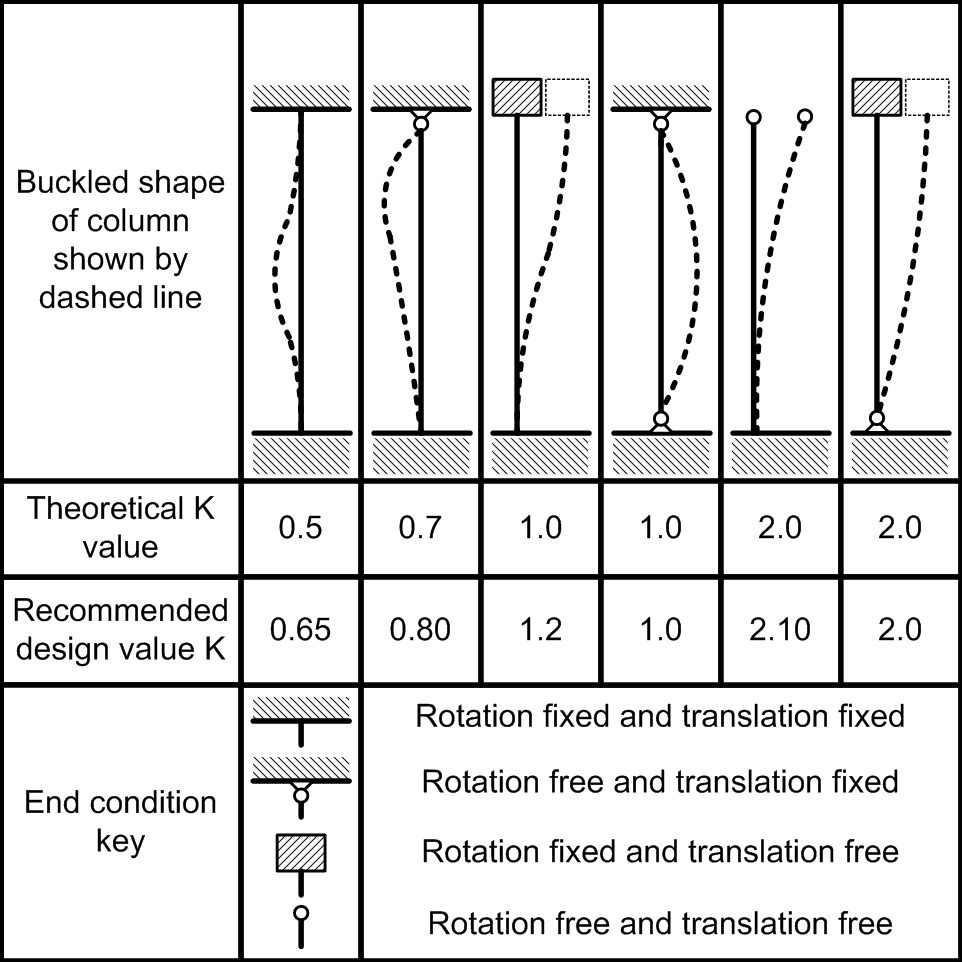Cost Function is now a synonym for Weight Function.
Consider a truss,
Since a member can have variable thickness, i.e. more internal force in a member means thicker the member should be. I therefore assume that
Define function
This cost function is easy to implement, with the downside being it completely ignores the extra weight iccured by
- Truss should be
$40\pm 1$ cm long and$10\pm 0.5$ cm tall truss that can handle the largest load-to-weight ratio. - The truss should be loaded at the middle of the bridge.
- A minimum load-to-mass ratio of 100 is required, this is the lower threshold requirement.
- Member in tension: Rupture and Member Tearing
- Member in compression: Buckling and Bearing Stress
- Pin Shear (bending, don't worry about it here)
This is an over estimation
Where
Truss configuration should be entered as a textfile. To run the application, enter truss-optimizer some_truss.txt in the command prompt.
The first line consists of 3 inputs
The next 'T'/'F' (separated by space). If the first character is T, it means its a free joint. if the second character is T, it means it's the highest point that should be used to maintain the dimension of the truss bridge.
Note that each joints entered are indexed from
The next
The next
Example:
3 3 3
0 0 F F
20 10 T T
40 0 F F
0 1
1 2
0 2
0 1
1 -2
2 1Output the most optimized truss configuration to optimized.txt in the following format:
- First Line:
Score: $SCOREwhere$SCOREis Cost divided by the Force applied. - Next
$P$ lines:($X, $Y)representing the coordinate of each joint.
On the console, print whatever.
